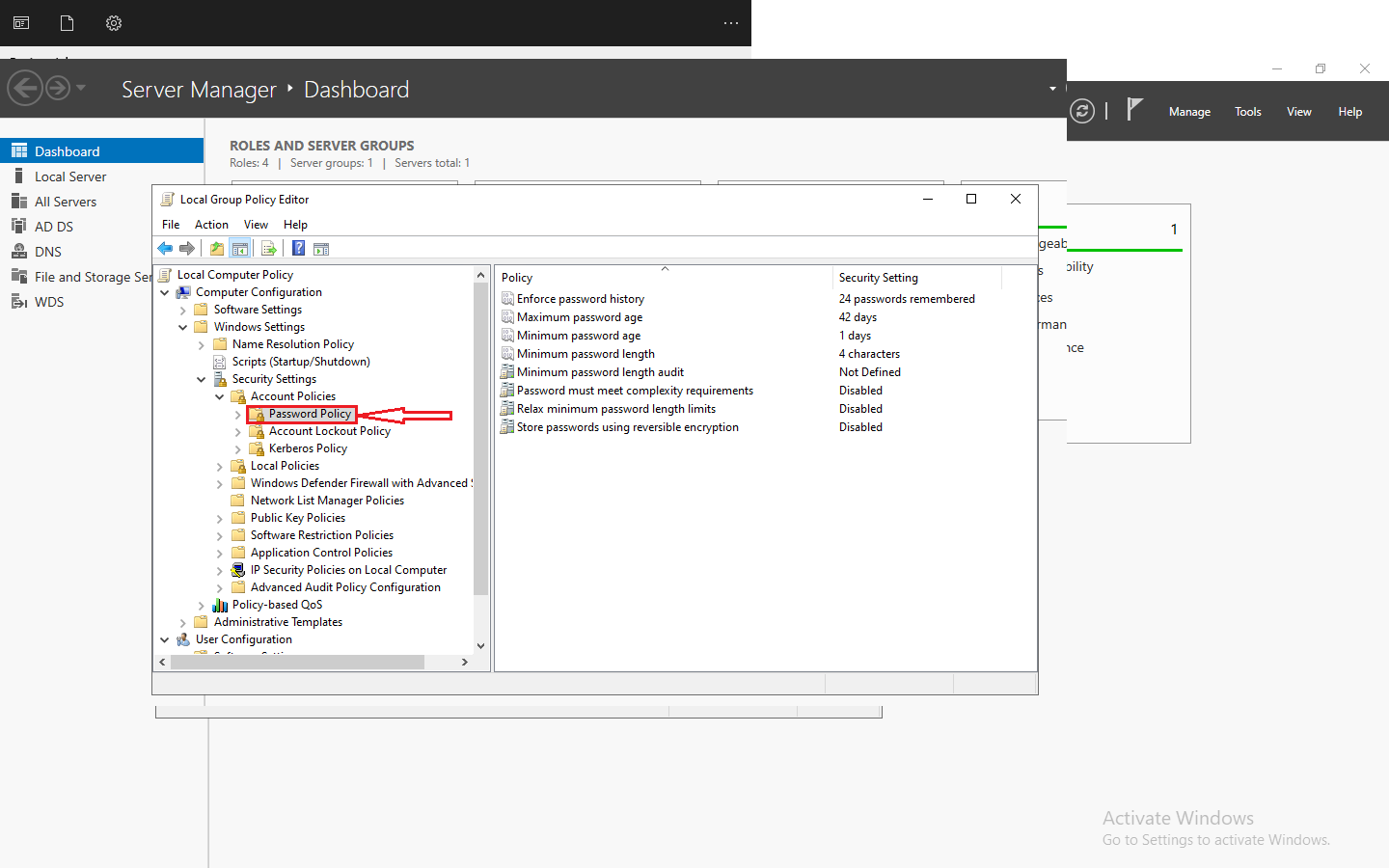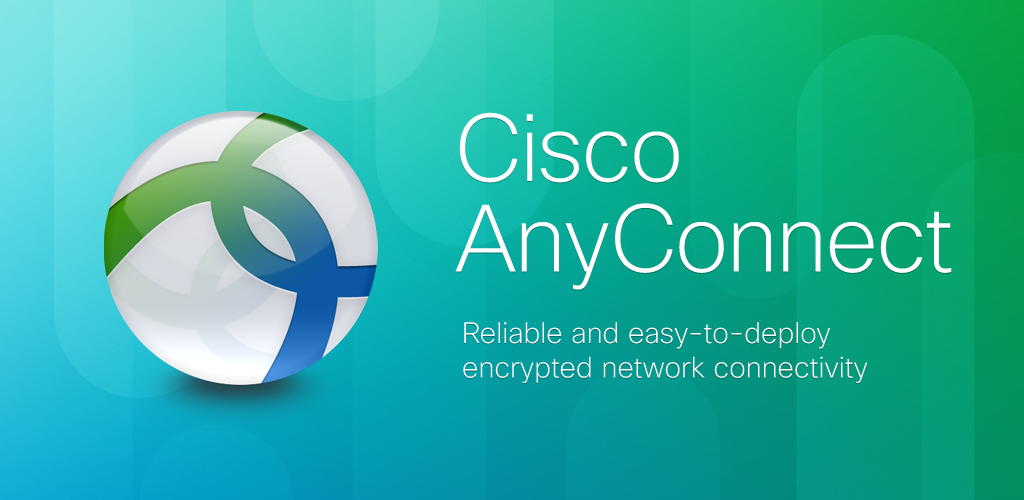Businesses are constantly searching for ways to simplify their IT infrastructure and reduce costs as they grow. One of the main challenges for many enterprises is finding a system that can provide the flexibility of the cloud and the control of on-premises infrastructure. In such situations, solutions like Azure Stack HCI can be utilized. Azure Stack HCI, developed by Microsoft, is a hyper-converged infrastructure (HCI) solution that combines the control of on-premises infrastructure with the flexibility of the cloud. In this article, we will explore the differences between Azure Stack HCI and Hyper-V, and how it could benefit your business.
Table of Contents
What are Hyper-Converged Infrastructure and Virtualization?
Virtualization and hyper-converged infrastructure (HCI) are two crucial technologies that have transformed the IT industry.
Hyper-converged infrastructure, also known as software-defined infrastructure, integrates networking, storage, and computing resources into a unified system. By eliminating the need for separate hardware for each component, it aims to streamline data center operations and reduce costs. HCI can be implemented in virtualized environments, serving as a component of private clouds.
On the other hand, virtualization refers to the creation of a virtual version of something, such as a server, operating system, storage device, or network resource. In the realm of IT, virtualization allows multiple virtual machines to operate on a single physical machine, resulting in improved resource efficiency, cost savings, and simplified management.
Both virtualization and HCI play significant roles in helping organizations upgrade their IT infrastructure and enhance business agility. Together, they provide a powerful approach for building hybrid cloud systems and private clouds that can meet the demands of modern businesses.
Introduction to Azure Stack HCI and Hyper-V
Azure Stack HCI and Hyper-V are integral components of Microsoft’s cloud computing services, offering a robust infrastructure and virtualization platform. Azure Stack HCI is a solution that combines hyper-converged infrastructure and allows for the deployment of virtual machines (VMs) or virtual desktops on-premises, while also providing connectivity to Azure hybrid services. By integrating software-defined computing, storage, and networking technologies, it offers businesses a highly scalable and adaptable infrastructure. With Azure Stack HCI, organizations can enjoy the scalability and flexibility of the cloud while retaining control over their infrastructure by keeping it on-premises.
In contrast, Windows Server includes the native hypervisor Hyper-V, which offers enterprises a powerful way to deploy and manage virtualized environments. Hyper-V enables multiple VMs to run on a single physical computer, making it an essential component of Microsoft’s virtualization platform. Businesses of all sizes frequently leverage Hyper-V to build private clouds and virtualized environments.

Importance of Choosing the Right Infrastructure Solution
In order to stay competitive and adaptable in today’s rapidly evolving business environment, businesses must carefully select the appropriate infrastructure solution. The choice of infrastructure can significantly impact a company’s ability to innovate, scale, and respond to changing market conditions.
There are several benefits that businesses can gain from implementing an effective infrastructure solution:
- Improve Efficiency in Azure Stack HCI: Enhancing Efficiency with Azure Stack HCI By adopting infrastructure solutions that are tailored to their specific needs, businesses can achieve cost savings, increase productivity, and optimize resource utilization.
- Enhance Agility: Boosting Agility To capitalize on new opportunities and maintain a competitive edge, organizations must be able to swiftly adapt to shifting market conditions.
- Improve Scalability Improving Scalability As businesses grow, their infrastructure requirements can change rapidly. An ideal infrastructure solution should be flexible and scalable to accommodate this growth.
- Ensure Security and Compliance Ensuring Security and Compliance Given the increasing importance of data protection and privacy, businesses require an infrastructure solution that is designed to meet the highest standards of security and compliance.
- Simplify Management Easy deployment, configuration, and administration of infrastructure solutions will enable firms to concentrate on their core operations rather than infrastructure maintenance.
By carefully selecting the right infrastructure solution, businesses can streamline operations, enhance their ability to respond to market dynamics, and ensure the confidentiality and integrity of their data. This ultimately positions them for success in today’s fast-paced business landscape.
Features of Azure Stack HCI
Microsoft’s Azure Stack HCI is a comprehensive hyper-converged infrastructure solution that offers numerous capabilities to modernize your IT infrastructure and enhance business agility. Azure Stack HCI encompasses several key features, including:
- Software-Defined Storage Software-Defined Storage Azure Stack HCI utilizes Software-defined storage (SDS) to present businesses with a storage solution that is both scalable and adaptable. This enables organizations to expand their storage capacity as required, eliminating the need to invest in additional hardware.
- Software-Defined Networking Software-Defined Networking Through the implementation of Software-defined networking (SDN), Azure Stack HCI provides companies with a network infrastructure that is both scalable and adaptable. This empowers enterprises to swiftly respond to evolving business demands and easily design and maintain their network.
- Integration with Azure Services Integration with Azure Services The seamless integration between Azure Stack HCI and Azure grants businesses access to a diverse range of cloud-based services. These services include backup and disaster recovery, analytics, and machine learning, enabling organizations to leverage the benefits of cloud computing.
- Built-in Security in Azure Stack HCI Built-in Security in Azure Stack HCI Azure Stack HCI offers a range of built-in security capabilities to assist organizations in safeguarding their infrastructure and data from potential security risks. These capabilities include Shielded VMs, Host Guardian Service, and Just Enough Management, ensuring robust protection for critical assets.
- High Availability and Disaster Recovery Ensuring that business-critical applications are constantly accessible is of utmost importance. Therefore, Azure Stack HCI provides a range of built-in tools for high availability and disaster recovery. These include failover clustering and storage replica, which contribute to the uninterrupted functioning of the applications.
- Easy Deployment and Management Azure Stack HCI aims to simplify the process of managing virtualized workloads and infrastructure. It offers a wide array of tools and capabilities that facilitate the deployment and administration of these virtualized components. The objective is to streamline the entire process, making it effortless for organizations to set up and maintain their virtualized environments.
- Flexible Hybrid Cloud One of the key advantages of Azure Stack HCI is its ability to create a flexible hybrid cloud environment. By combining Azure with on-premises infrastructure, businesses can leverage the benefits of the cloud while still retaining control over their own infrastructure. This allows organizations to harness the power of the cloud while ensuring that they have full autonomy over their infrastructure.
How Azure Stack HCI Differs from Traditional Hyper-Converged Infrastructure?
Azure Stack HCI differs from conventional hyper-converged infrastructure (HCI) in several notable ways. Unlike traditional HCI, which typically involves separate hardware components for networking, storage, and computation that are then combined into a single appliance, Azure Stack HCI is a software-defined solution that leverages the capabilities of virtualization. This approach provides a highly scalable and flexible infrastructure solution.
- Software-Defined As a solution based on virtualization technologies, Azure Stack HCI operates as a software-defined platform. This allows organizations to easily and efficiently expand their infrastructure without the need for additional hardware.
- Integrated with Cloud Services Microsoft has seamlessly integrated Azure, its cloud platform, with Azure Stack HCI. This integration enables companies to take advantage of a wide range of cloud-based services, such as analytics, backup and disaster recovery, and machine learning.
- Hybrid Cloud Capabilities By combining Azure with on-premises infrastructure, businesses can create a hybrid cloud environment using Azure Stack HCI. This empowers companies to leverage the benefits of the cloud while still maintaining control over their infrastructure.
- Flexible Deployment Options Azure Stack HCI is compatible with various hardware platforms, including models approved by Microsoft partners. This flexibility allows companies to choose the hardware that best suits their specific requirements and preferences.
- Simplified Management Azure Stack HCI includes several tools and features that make the maintenance of virtualized workloads and infrastructure simpler. These features comprise automatic patching, single-pane-of-glass management, and interaction with Azure Arc.
Conclusion
In summary, Microsoft has developed two powerful virtualization products, namely Azure Stack HCI and Hyper-V. While Azure Stack HCI offers a comprehensive software-defined data center experience as a hyper-converged infrastructure solution, Hyper-V serves as a standalone hypervisor.
Azure Stack HCI is designed to provide businesses with a high-speed and scalable on-premises infrastructure. It incorporates various features and capabilities from the Azure Cloud platform, including software-defined networking and storage technologies. This ensures that organizations can enjoy the benefits of the cloud, such as flexibility and scalability, right within their own data centers. Additionally, Azure Stack HCI offers hybrid cloud functionality, allowing businesses to seamlessly shift workloads between their on-premises infrastructure and the Azure cloud without any disruptions.
For businesses looking to upgrade their IT infrastructure and leverage the advantages of the cloud, Azure Stack HCI is an ideal solution. Compared to using Hyper-V alone, it offers greater flexibility, efficiency, and scalability. By adopting Azure Stack HCI, organizations can enhance their IT capabilities and harness the power of the cloud to drive innovation and growth.












